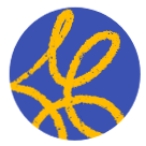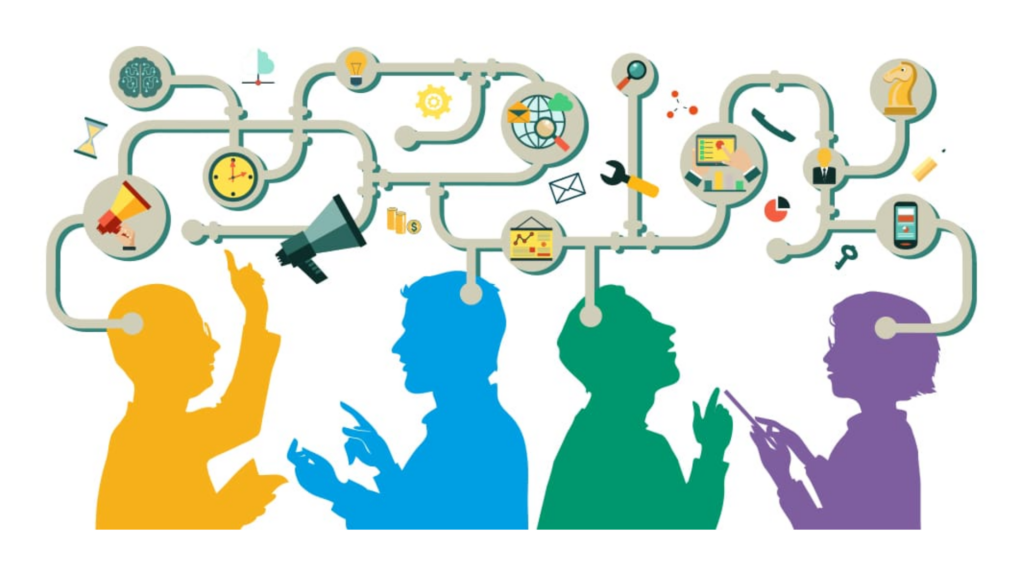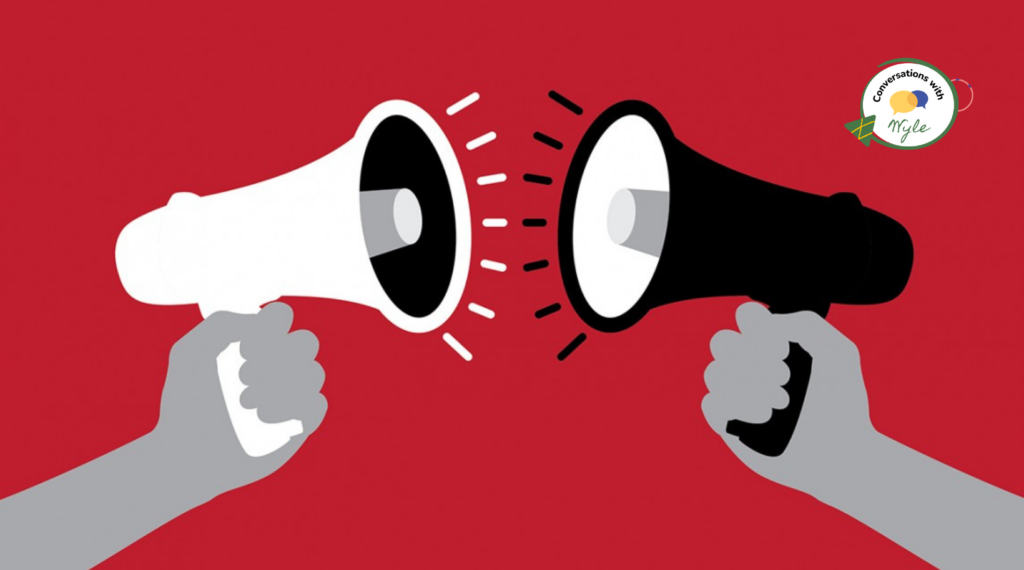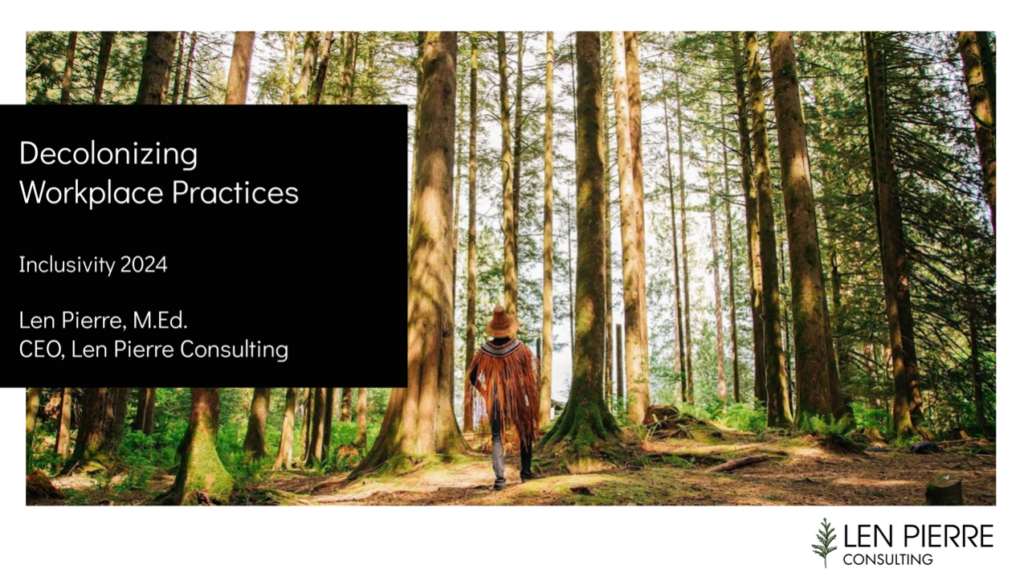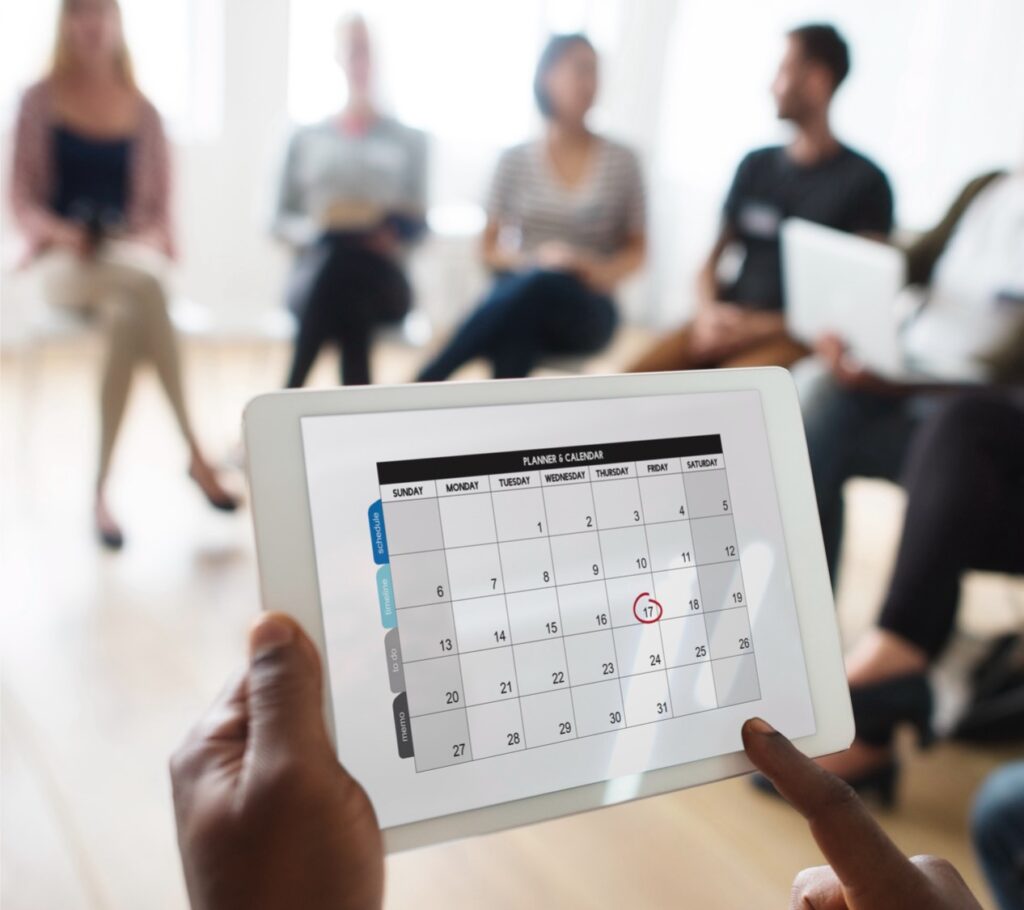More than 22% of Canadians – 6.2 million people – have a disability. Research shows that many people with disabilities experience barriers in finding employment and are commonly faced with the uncomfortable, exhausting task of “masking” their disability while at work.
Many organizations are seeking to address this inclusivity challenge and create more equitable, accessible workplaces. Research suggests that the more successful of these efforts go beyond accommodation to more systemic, transformative change.
According to Yat Li, accessibility and inclusion advocate, accessibility “needs to be embedded into the DNA of an organization.”
Efforts to enhance inclusion and accessibility can work together in a positive feedback loop: people who feel safe, welcome, cared-for and well at work can participate more fully in the work and systems of an organization, thus building a more inclusive culture going forward.
What is a disability?
The Accessible Canada Act (2019) defines a “disability” as “any impairment, including a physical, mental, intellectual, cognitive, learning, communication or sensory impairment—or a functional limitation—whether permanent, temporary or episodic in nature, or evident or not, that, in interaction with a barrier, hinders a person’s full and equal participation in society.”
Regarding the correct terminology for referring to a person with a disability, Li says that “The core terminology depends upon the person.” He says it’s “absolutely okay” to ask people how they self-identify.
Barriers in the workplace
There are at least five interconnected types of accessibility barriers that people with disabilities may face both during hiring and within the workplace:
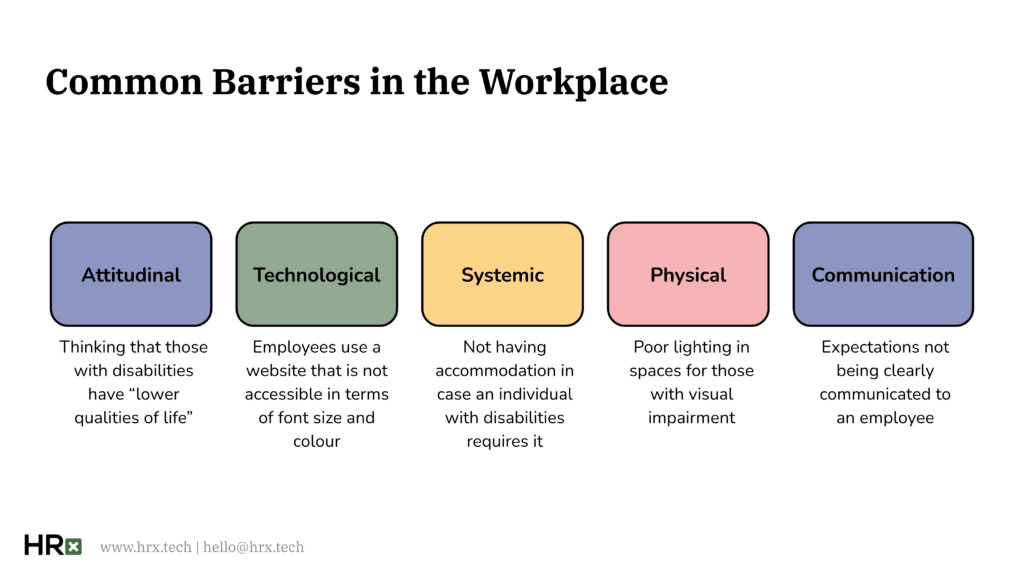
An intersectional view is important to the understanding of disability: the impact of disability can be compounded by the discrimination a person faces based on their gender, race, sexual orientation, or other marginalized identity.
Accommodation Versus Accessibility
Accommodation involves an often ad hoc adaptation to a feature that creates barriers to participation or access for people with disabilities, such as providing slides or transcripts after a meeting.
Accessibility is a proactive approach that removes all forms of barriers prior to or during the planning of an event, or initiative. Each disability is addressed uniquely and attentively.
Building Accessible Cultures
“Inclusion is not a coincidence,” says Li. “It is intentional.”
That intentional approach to accessibility and inclusion must run throughout organizational governance, education and communication, and systems and operation. It should lead organizations to reach out to experts and community groups for advice and ongoing partnership.
In all of this work, having a diverse team will help in identifying, understanding, and addressing barriers that people with disabilities face.
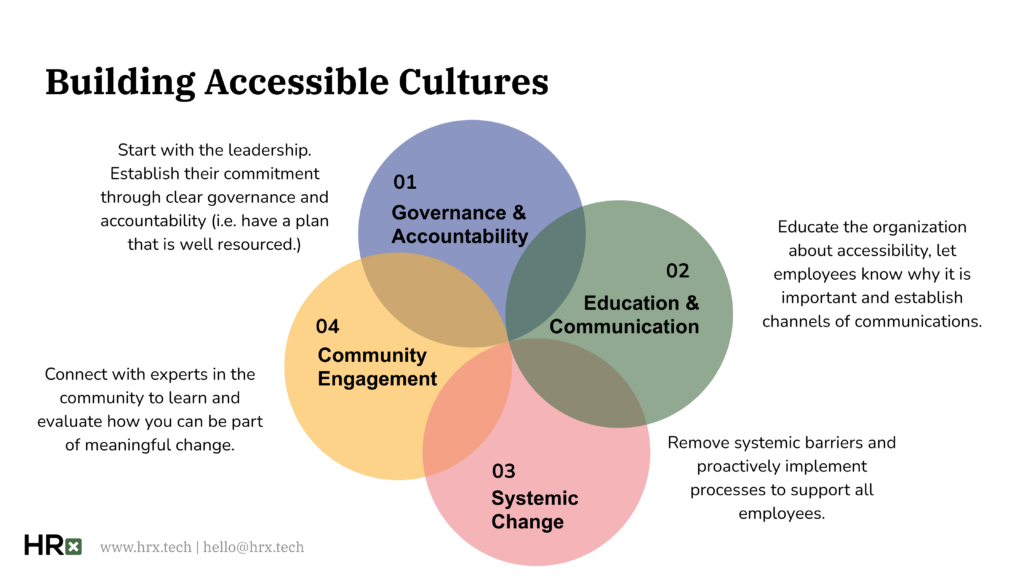
1. Governance and accountability
“If you want to make meaningful cultural change,” says Wyle Baoween, CEO of Inclusivity, “you start with governance and accountability.”
Leaders must state their commitments clearly and develop both a vision statement and a clear plan. The plan should be well-resourced and include measures of monitoring and accountability (i.e. who will do what).
It is important to ask advice from people from the disability community in this planning stage: they should be “part of making the blueprint from the get-go,” says Li.
“Nothing About Us Without Us”
Disability advocates often highlight the importance of including people with disabilities in dialogue and decision-making processes. “Nothing about us without us” is a key idea within the global movement to achieve the full equalization of opportunities for people with disabilities.
Navigating Self-Disclosure
One recent global survey found that 76% of people did not feel safe fully disclosing their disabilities because they did not feel that their workplace culture was fully committed to helping them thrive. Supporting self-disclosure is a complex process involving systemic change toward inclusivity and must include, at a minimum, the following three elements:
- Leadership should confirm and communicate its commitment to action based on self-disclosure.
- There must be diverse channels where employees could feel comfortable disclosing their disabilities, with clear and universally understood guidelines regarding confidentiality.
- Intentions must meet action: self-disclosure should result in tangible changes that support the specific needs of employees.
2. Education and Communication
In an accessible organization, leaders communicate their intentions and plans clearly and comprehensively. They also create clear channels for feedback where people can feel comfortable sharing their ideas and experiences. In some cases, confidentiality might allow people to communicate more openly.
It is also important to educate the entire organization about accessibility by providing opportunities for ongoing learning dialogue. Employees can learn to support one another in ways that benefit not only people with disabilities but the workforce as a whole. For example, all employees can learn to presume competence, avoid making decisions for others, and ask without bias if there are specific things that would help people to do their work.
In addition, designated opportunities for networking and dialogue among employees with disabilities (e.g. Slack channels, regular coffee chats, and Employee Resource Groups) can generate feelings of inclusion and a sense of being “seen.”
3. Systemic Change
Systemic change for an accessible organization can be incorporated into all aspects of the workplace: from hiring, to meetings, to the work environment, to the management of work, to networking.
Before changing systems, however, organizations need to gather data and consult with employees and accessibility partners as part of their accessibility plan. They need to identify barriers and ensure adequate resources are in place, as well as developing safer, more inclusive culture through education and awareness-building.
“Too often we see organizations jumping into action without the necessary information to make impactful or sustainable changes,” says Baoween. “The effect, unfortunately, can be a negative impact on efforts to build inclusion.”
Throughout, organizations create and clearly communicate structures (such as a plan to start and end meetings right on time) and consider different ways of sharing information (such as by using virtual whiteboards or enabling chat functions in meetings).
In all cases, it is important to think outside the box and try to see things from multiple perspectives.
4. Community Engagement
Companies working on holistic approaches to accessibility find it helpful to connect with organizations in the community doing work in the field to build relationships and learn from experts. While learning from this community of disability experts and advocates, it is important to build ongoing partnerships and find ways to give back.
Moving Forward on Accessibility
In the end, a holistic, integrated, systemic approach to accessibility is a benefit for all employees, supporting their well-being, sense of inclusion, and full and active participation in the work and activities of the organization.
Such changes can have positive effects throughout the workplace. One long-term study (described in the Harvard Business Review) found that organizations who emphasized inclusion for people with disabilities reported a 26% increase in productivity. The same research shows measurable improvements in employee’s sense of well-being, too.
The benefits of this kind of inclusivity can extend beyond the organization: “All the collective work you do inclusively is an act of solidarity,” says Li. “Our society needs to be a barrier-free society.” Action on accessibility is key for companies and organizations seeking to be part of a movement toward equity and inclusivity more broadly.
This article is based on the “Building Accessible Cultures at Work” presentation delivered September 2023 by Yat Li, Disability Inclusion Advocate and Wyle Baoween, CEO, Inclusivity. To host a webinar on this topic in your organization, or community, please contact [email protected]
Selected sources:
Government of Canada (2022). Canada’s Disability Inclusion Plan.
Laurie Henneborn (2021). Make It Safe for Employees to Disclose Their Disabilities. Harvard Business Review.
Shruti Rajkumar (2022). How to Talk about Disability Sensitively and Avoid Ableist Tropes. NPR.
Jack Tillotson, Benjamin Laker, Vijay Pereira, and Kushagra Bhatnagar (2023). How to Make Workplaces More Inclusive for People with Disabilities. Harvard Business Review.

